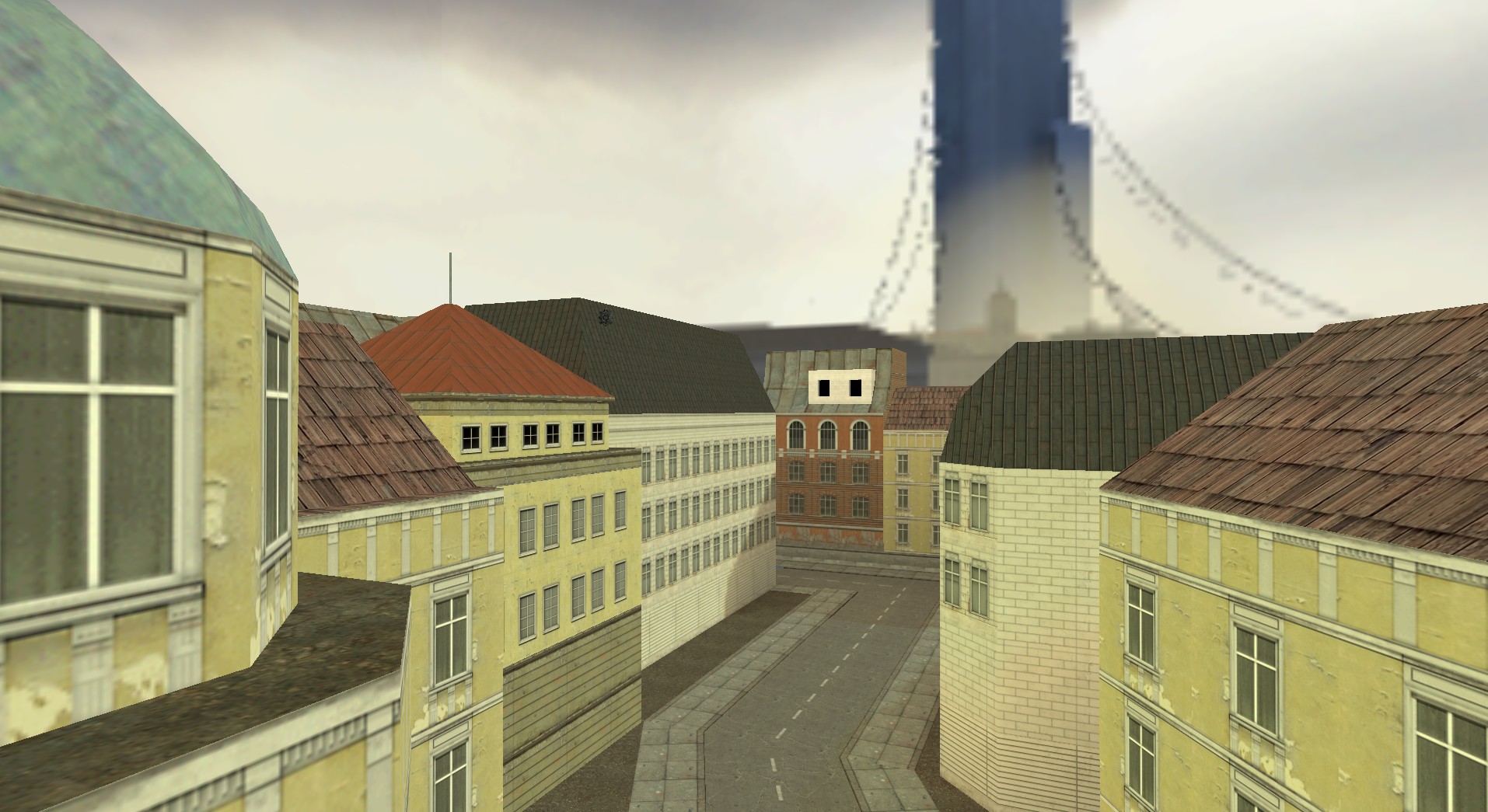
↑ Gimp-developer Quake / Half-Life texture wad support.↑ Quake Specs v3.4 - Section 1: MAP Information.↑ Half-Life / TFC / Counter-Strike Tweak Guide on.
#HALF LIFE 1 ENGINE CODE#

#HALF LIFE 1 ENGINE MODS#
They try to stay binary compatible to play as many mods as possible, extend limits and add modern features such as improved lightning and water reflection effects. Therefore fans did Game engine recreation attempts on their own.
#HALF LIFE 1 ENGINE SERIES#
Unlike the source code of the Quake series from ID software, Valve never released GoldSrc as free software. pak files to store data, such as levels and models. In addition, the Half-Life SDK includes a tool for making. The WAD2 (and thus, WAD3) format itself is based on the WAD format used in the Doom engine. WAD files in Half-Life Quake uses only gfx.wad, and the file header Quake uses WAD2, while GoldSrc uses WAD3. WAD file has its own palette, instead of sharing from one palette used by all of the textures, an ability to load multiple. The only differences between the two formats are that each texture in a GoldSrc.

GoldSrc's map format, ".BSP", is very similar to Quake's map format, ".BSP" as well."Powered by the Half-life engine" logo was used on game box arts. While officially abandoned in favor of the Source engine (except for minor maintenance updates), the GoldSrc engine is still used by third-party developers. ĭuring the early development of Half-Life 2, an experimental engine known now as Source was made, debuting with Counter-Strike: Source and Half-Life 2 in 2004. However, in 2001, Valve implemented new netcode that was designed to make it easier for players with high ping to play well via "lag compensation". Originally, GoldSrc's netcode, the code that handles online multiplayer, was similar to that in the QuakeWorld engine. Some minor fixes from the Quake II engine were incorporated as it was developed. GoldSrc is a heavily modified version of the QuakeWorld engine codebase, which in turn is a development of the Quake engine's codebase.


 0 kommentar(er)
0 kommentar(er)
